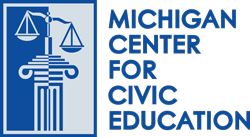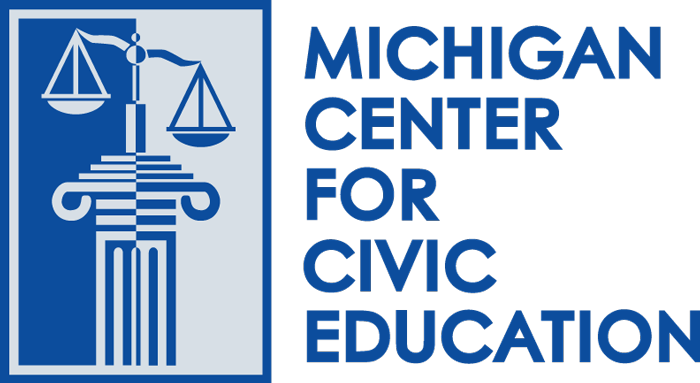Students learn about the Michigan Supreme Court, developing oral arguments about an actual case examining Fourth Amendment rights related to search and seizure,
Civics Lessons
Moot Court : An Appellate Court Simulation People of the State of Michigan v Booker T. Hudson, Jr.
John Marshall, Marbury v. Madison, and Judicial Review—How the Court Became Supreme
In this lesson, students will learn, the role of the Supreme Court in interpreting the Constitution, the significance of Marbury v. Madison, the concept of judicial review and how Marbury v. Madison solidified it, and the relationship between the Supreme Court and laws passed by Congress and state legislatures
Making Decisions: by Group: The Jury System
Students learn about the nation’s jury system and its importance to the rule of law in the United States. Students will experience the Sixth and Seventh Amendments at work as they engage in the main lesson activities, including one in which they will serve as jurors.
Electing a President
This lesson starts with a political cartoon, then leads into discussion about the Electoral College and electing the U.S. President.
People of New Michigan v. Thomas Osiski
Case developed for the 2012 Michigan High School Mock Trial Tournament: Criminal Case-Murder
The Exchange: Can Government Prohibit Citizens from Owning Handguns?
This research and deliberation activity encourages students to look at the issue of gun control from different points of view. Then, through deliberation, they will find political measures to address this issue. In any deliberation activity, compromise and listening will play a key role in finding common ground. This lesson is designed to promote an atmosphere of mutual respect for differing points of view on controversial issues.
The Constitution: Drafting a More Perfect Union
This lesson focuses on the drafting of the United States Constitution during the Federal Convention of 1787 in Philadelphia. Students will analyze an unidentified historical document and draw conclusions about what this document was for, who created it, and why. After the document is identified as George Washington’s annotated copy of the Committee of Style’s draft constitution, students will compare its text to that of an earlier draft by the Committee of Detail to understand the evolution of the final document.
Freedom of Expression
Deliberting in Democrcay lesson which gets students to deliberate the question–Should our democracy block Internet content to protect national security?
Becoming an Informed Voter: Preparing for the General Election
This lesson focuses on a voter’s need to be fully informed prior to casting a vote on Election Day and how to acquire the necessary information. Students learn what a yes or no vote or a decision to abstain means on a ballot. Students learn the definitions of amendment,initiative, and referendum. Students are given the opportunity to think critically and to learn firsthand why voters need to be fully informed about ballot questions.
To Sign or Not to Sign: The Ultimate Constitution Day Lesson Plan
This lesson plan was developed to help schools meet the Constitution Day education requirement. Students examine the role of the people in shaping the U.S. Constitution and the ratification process. The lesson closes with an opportunity for students to sign the Constitution, if they choose, and to discuss what it means to sign or not sign.

